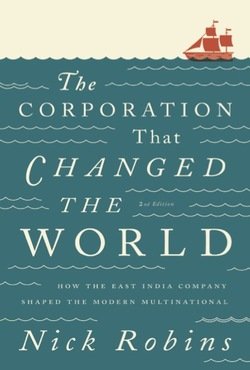By Maia Dolphin-Krute
An epidemic is a feeling set within time as much as it is a matter of statistics and epidemiology: it is the feeling of many of us in the same desperate place at the same desperate time. Opioid epidemic thus names a present moment — at once historic and historical — centered on the substance of opioids as much as it names the urgency of all of us who are currently in proximity to these substances. What is the relationship between these historic and historical moments, the present moment, the history of pharmacological capitalism, and a set of repeated neurological activities, as well as human loss and desire, that has fueled the exponential rise in the rates of opioid use and abuse between 2000-2018? Opioids: Addiction, Narrative, Freedom is an auto-ethnography written from deep within—biologically within—this opioid epidemic. Tracing opioids around and through the bodies, governmental, and medical structures they are moving and being moved through, Opioids is an examination of what it means to live within an environment saturated with a substance of deep economic, political, neuroscientific, and pharmacological implications. From exploring media coverage of the epidemic and emerging medical narratives of addiction to detailing the legal inscription of differences between “pain patients” and people addicted to drugs, Opioids consistently asks: what is it like to live within an epidemic? What forms of freedom become possible when continually modulated by our physical experiences of the material proximities of an epidemic? How do you live with something for a long time?
Brooklyn, NY: Punctum Books, 2018. 192p.





















